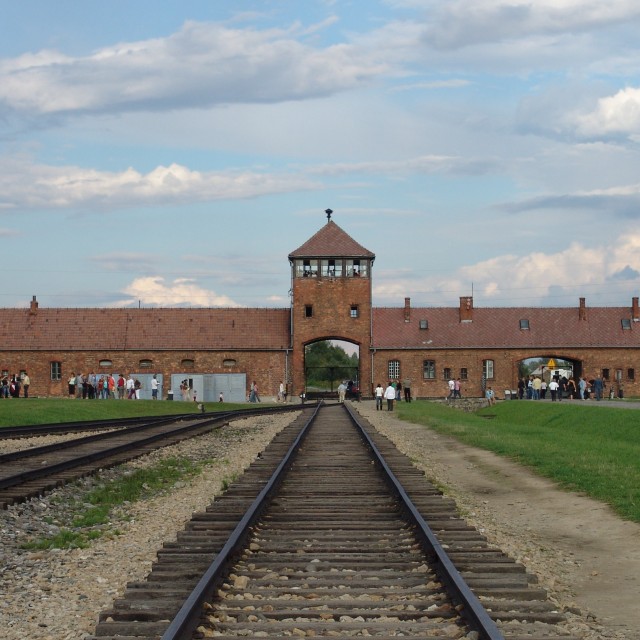When the water flowed, we shouted hooray!
In October 1944, about a hundred Czech women were transferred from Auschwitz to work in a factory for flax processing in Merzdorf. The selected women did not know until the last moment what was going to happen to them. Jana Dubová recalled: "In the evening, almost at night, it was dark, we kept going somewhere and we didn't know if we were going to be gassed or what's going to happen to us. The gas chambers were made in a very clever way, as if there was flowing water, but instead it was gas. So we didn't know what to expect - whether it will be water or gas. Well, when there was water flowing, we knew that we had been assigned to work." At the time of her departure in October, Jana, like other prisoners, was wearing a randomly selected piece of clothing: "Dirndl, that’s Tyrolean clothing, such a skirt with a blouse. My head was shaved, I basically only had that Dirndl with no blouse underneath it and clogs on my feet... Can you imagine being dressed like that? This was a terrible humiliation." All night long, the girls were forced to stand at attention. When the train arrived in the morning and it was not a cattle boxcar, it was clear to them they were going to meet a better tomorrow. Although they would have to work very hard, this was a chance for survival.
Hodnocení
Hodnotilo 0 lidí
Routes
Not a part of any route.
Comments
No comments yet.













